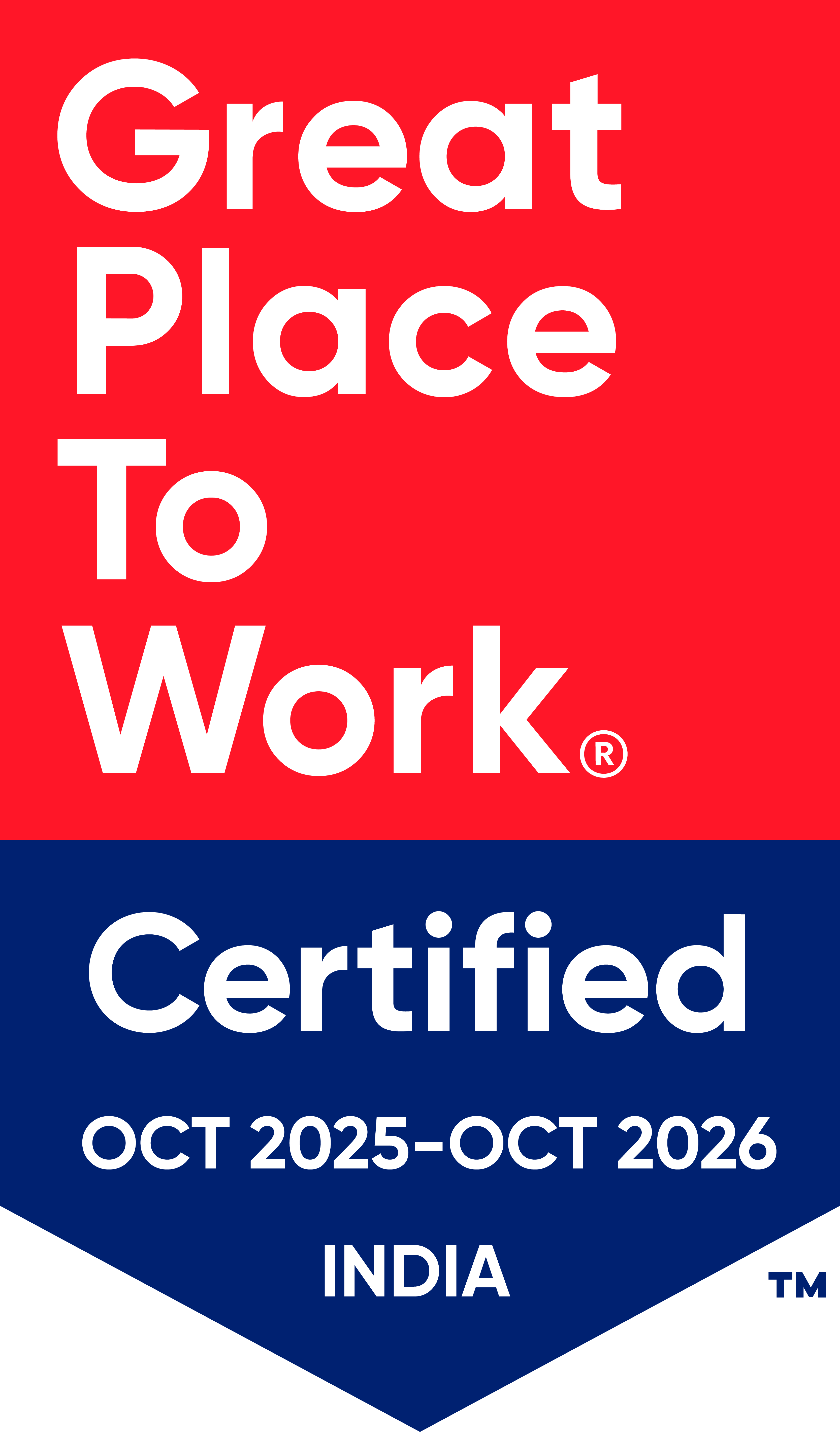Contents
Content Brief Generation Workflow
This AI-powered workflow automates the creation of comprehensive content briefs by systematically analyzing competitor content, extracting SEO insights, and compiling detailed writing guidelines into publication-ready documents.
What This Workflow Does?
The workflow generates complete content briefs that provide writers with everything needed to create high-performing articles. It combines competitor analysis, keyword research, audience insights, and strategic guidance into structured documents that ensure consistent, SEO-optimized content production.
Who This Is For?
- Content managers overseeing large-scale content production teams
- SEO specialists creating data-driven content strategies
- Editorial teams standardizing brief creation across multiple writers
- Content agencies managing client content programs at scale
- Marketing teams ensuring consistent brand messaging across all content
How It Works?
Input Configuration
The workflow begins by gathering essential project parameters:
Target Setup: Primary keyword, topic focus, and content angle definition Brand Integration: Company brand kit and product positioning details Research Parameters: Competitor analysis scope and content requirements
Research & Intelligence Gathering
The system performs comprehensive competitive and keyword analysis:
Web Search Analysis: Identifies and analyzes top 5-6 ranking articles for the target keyword to understand current content landscape.
Keyword Intelligence: Uses API integration to pull related keywords, search volume data, and semantic keyword clusters.
Content Gap Analysis: Compares competitor approaches to identify content opportunities and differentiation angles.
Brief Component Generation
Each section of the brief is systematically created through specialized LLM processing:
Foundation Elements: Generates URL slug suggestions, primary and secondary keyword targets, and Surfer SEO integration links for optimization tracking.
Audience Analysis: Creates detailed audience personas, pain point identification, and reader motivation analysis based on topic and target market.
Product Integration Strategy: Develops natural product positioning by connecting brand details with content angles, ensuring authentic product mentions that add value.
Title Optimization: Analyzes competitor titles and generates multiple headline suggestions optimized for both search and engagement.
FAQ Development: Pulls "People Also Ask" questions via API and generates comprehensive Q&A sections addressing common user queries.
Content Scope Planning: Uses Python analysis to calculate optimal word count by averaging top-performing competitor articles, providing data-backed length recommendations.
Structure Blueprint: Creates detailed content outlines by analyzing competitor article structures and identifying the most effective organizational approaches.
Internal Linking Strategy: Automatically analyzes your existing content to suggest 5-6 relevant internal links with optimized anchor text, delivered in JSON format for easy implementation.
Competitive Intelligence: Compiles "Content to Beat" section featuring top competitor articles as reference points for quality benchmarks.
Technical Implementation
Automated Analysis Pipeline
- Multi-source Data Collection: Simultaneously pulls data from search APIs, competitor sites, and internal content databases
- Python Processing: Custom scripts calculate metrics, analyze patterns, and generate quantitative recommendations
- LLM Orchestration: Multiple specialized AI steps handle different brief components with tailored prompts
Quality Assurance Systems
- Data Validation: Ensures all pulled metrics and suggestions are accurate and current
- Brand Consistency: Integrates brand guidelines throughout all generated content
- SEO Optimization: Validates all suggestions against current SEO best practices
Output & Distribution
- Document Assembly: Compiles all generated components into professionally formatted Word documents
- Google Drive Integration: Automatically saves completed briefs to specified team folders
- Template Consistency: Maintains uniform brief structure across all generated documents
Brief Structure Output
Strategic Foundation
SEO Elements: URL slug, target keywords, optimization tool integration Audience Insights: Reader personas, pain points, motivational triggers Competitive Context: Market landscape and positioning opportunities
Content Guidance
Title Options: Multiple headline suggestions with performance rationale Article Structure: Detailed outline based on top-performing competitor analysis Word Count Targets: Data-driven length recommendations with justification FAQ Integration: Ready-to-use question and answer pairs
Implementation Support
Product Positioning: Natural integration strategies for brand mentions Internal Linking: Specific URL and anchor text suggestions Content Guidelines: Brand voice and style requirements Success Benchmarks: Competitor articles to reference for quality standards
Getting Started
- Configure Brand Kit: Ensure comprehensive brand guidelines and product positioning details are documented
- Set Up Drive Integration: Configure Google Drive folder structure for organized brief storage
- Define Content Guidelines: Establish consistent style and formatting requirements
- Test Brief Generation: Create initial briefs to evaluate output quality and adjust parameters
- Scale Operations: Deploy across content calendar once workflow meets quality standards
This workflow transforms content brief creation from a manual, time-intensive process into an automated system that produces comprehensive, research-backed briefs consistently while freeing content managers to focus on strategy and optimization.
Frequently asked Questions
.svg)
.svg)
.svg)
.svg)
.svg)
We'd Love to Work with You!
Join 70+ successful B2B SaaS companies on the path to achieving T2D3 with our SaaS marketing services.



